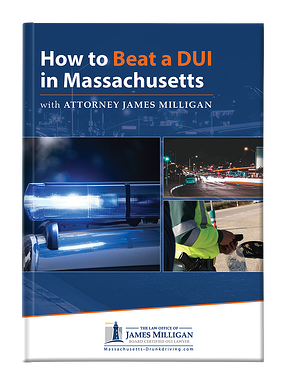The process for reinstating a driver’s license varies by state, but generally you will need to follow these steps: 1. Determine the cause of the suspension or revocation: Your suspension or revocation may be due to various reasons such as traffic violations, DUI conviction, failure to pay fines or child support, or medical issues. It is important to identify the reason for your license suspension so you can properly address it. 2. Complete any necessary requirements: Depending on the reason for your suspension, you may be required to complete certain steps before being eligible for reinstatement. This could include completing a defensive driving course, paying fines or fees, or attending a hearing. 3. Obtain a clearance letter: Some states may require you to obtain a clearance letter from the court, law enforcement agency, or other authority showing that you have completed all necessary requirements. 4. Fill out an application: Most states have a reinstatement application that you will need to complete. This can often be found on the website of your state’s Department of Motor Vehicles (DMV). 5. Pay any fees: There may be fees associated with reinstating your license, such as a reinstatement fee or a fee for a new license. 6. Submit required documents: You may need to provide documents such as your current driver’s license (if you have it), proof of identity, proof of insurance, and any other required documents. 7. Attend a hearing (if required): If your license was suspended due to a serious.

